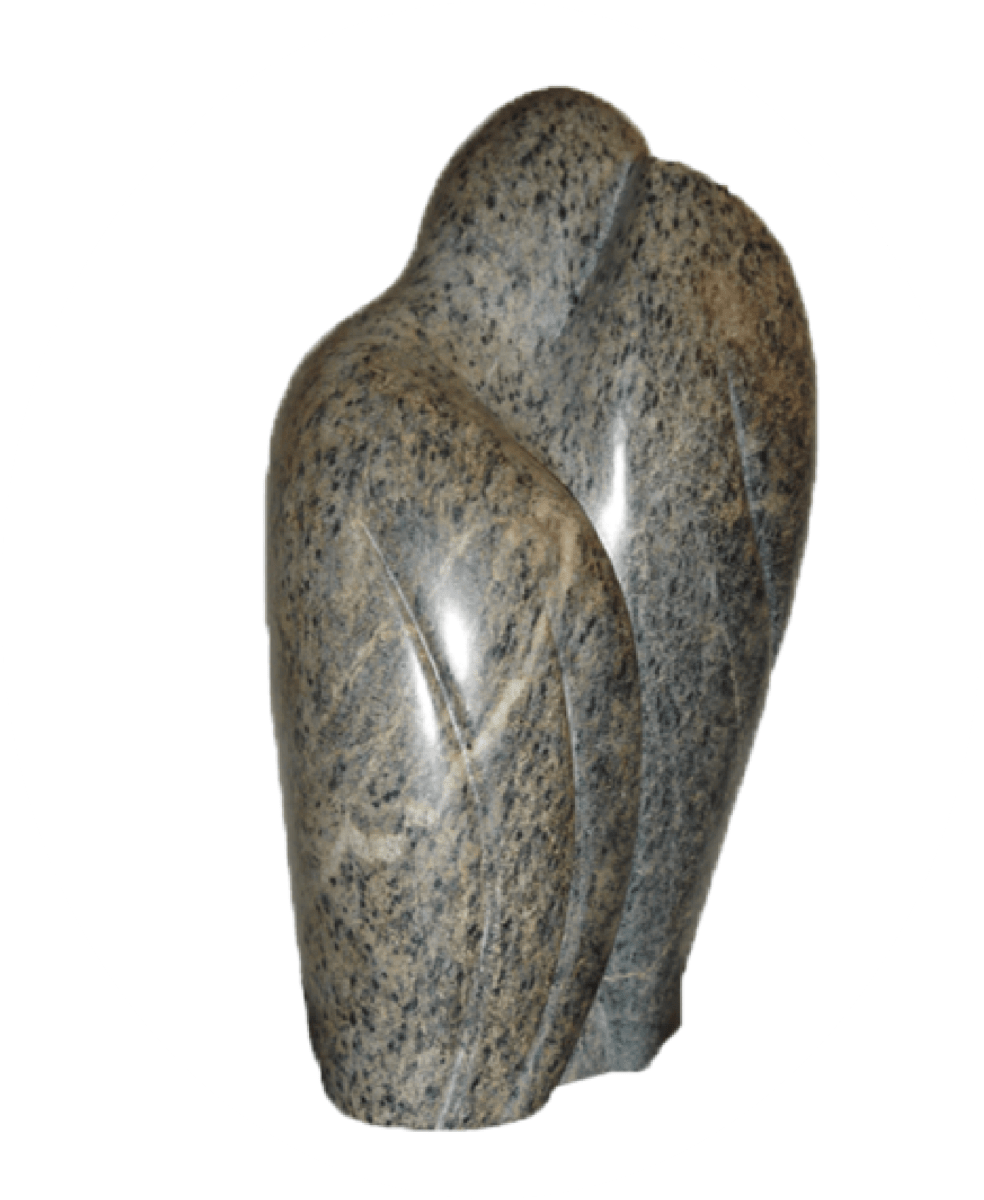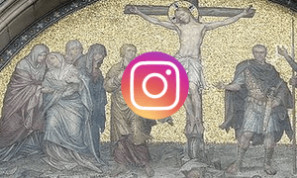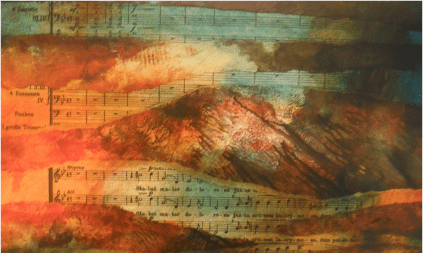Johann Sebastian Bach
About the composer
Johann Sebastian Bach (1685 – 1750) was born in Eisenach, Germany. He composed more than 1000 works, about 300 cantatas, several Passions, concertos for violin, clavichord and flute and solo pieces for organ, violin, cello, clavichord, piano.
Bach did not compose a Stabat Mater, but he used the musical setting of Pergolesi’s Stabat Mater to set Psalm 51 to music. It is not known why he did this. Analysis of the paper and the autograph of the manuscript suggest that it was composed late in his career, probably around 1748.
About the Stabat Mater
| Date: | ca. 1748 |
| Performers: | Soprano, alto, strings and continuo |
| Length: | CD 1: 37.07 minutes, CD 2: 42.20 minutes |
| Particulars: | The melodic lines of the Pergolesi piece are clearly recognizable and to the unschooled ear hardly altered. According to a CD-insert it is possible that the paraphrase has been a kind of workshop for Bach's students, a collective didactic project. The important modifications seem to be to the instrumental part of the composition, though Bach wrote stanza 7 as an independent section and shifted stanza 17 and 19 to the next parts. Furthermore, he changed the melodies of the last two parts around. The viola received a more independent role and the continuo has a richer and more elaborate bass. In the vocal parts he made longer notes and sequenses of notes resolve in single notes. The aim could have been to transform the Pergolesi Stabat Mater into a German cantata suitable for the faithful of the Thomaskirche of Leipzig. In CD 2 a choir is added to the first and last parts, and part nine is performed by choir alone (see Colorbar 2). |
| Textual variations: | In the paraphrase the original text of the Stabat Mater is replaced by a text which is based on the Martin Luther version of Psalm 51. This text was completely rewritten to meet the requirements of the Stabat Mater poem. Thus, it comprises twenty stanzas, with a rhythm and a rhyming scheme that is same as used in the Latin poem (AAC, BBC), as can be seen from the first four stanzas: Tilge, Höchster, meine Sünden, Ist mein Herz in Missetaten Missetaten die mich drücken, Dich erzürnt mein Tun und Lassen, |
| Colour bar: |
Information about the recording
| CD1: | Deutsche Harmonia Mundi DHM 05472 77508: J.S.Bach – Psalm 51 after G.B.Pergolesi – Stabat Mater |
| More info: | In contrast to CD 2 no choir is used, so probably this is closer to the Bach’s original. |
| Orchestra: | Balthasar-Neumann-Ensemble |
| Conductor: | Thomas Hengelbrock |
| Soloists: | Maya Boog, soprano |
| Other works: | Alessandro Scarlatti: Concerto grosso in F minor |
| Code: | Unknown BAC 73 |
| CD2: | Symphonia SY 95139: Psalm 51, Parodia dello Stabat Mater di G.B.Pergolesi |
| More info: | The CD has a special flavour as the singing, choir as well as soloists, is being done by boys. The CD-insert describes in detail the possibilities why Bach would have taken on this task, and in what way he changed the Pergolesi setting. Recorded at the Augustiner Chorherrenstift, St.Florian, March 1995. |
| Orchestra: | Ars Antiqua Austria |
| Choir: | St.Florianer Sängerknaben |
| Conductor: | Gunar Letzbor |
| Soloists: | Siegfried Ertelthalner, soprano |
| Other works: | Johann Sebastian Bach: Kantate BWV 182 "Himmelskönig sei wilkommen" |
| Code: | Unknown BAC 30 |
Listen






